There’s something magnetic about a place you can’t simply drive to. When a valley lies beyond the reach of tar, crowds and signal bars, it becomes more than a destination — it becomes an invitation to slow down, walk further and stay a little longer.
These secret folds of South Africa’s landscape are only accessible on foot or via rough farm tracks, and they offer the kind of silence and scenery you won’t find marked on maps. Better still, all of them fall within public land or community-run reserves, so you can roam without trespassing.
Gamkaskloof (aka Die Hel) – Western Cape
Picture/Roxanne Reid
Getting to Die Hel is half the experience. Tucked deep within the Swartberg Mountains, this isolated valley can be reached via the hair-raising Elands Pass by high-clearance vehicle or on foot from the Swartberg Pass. The valley lies within the CapeNature-managed Swartberg Nature Reserve, meaning access is open to the public with conservation rules in place. Once you descend, the world narrows — time slows to the rhythm of birdsong and breeze. Once home to a handful of resilient farmers, the valley retains its off-grid charm, with historic buildings and star-filled skies.
Mnweni Valley – KwaZulu-Natal
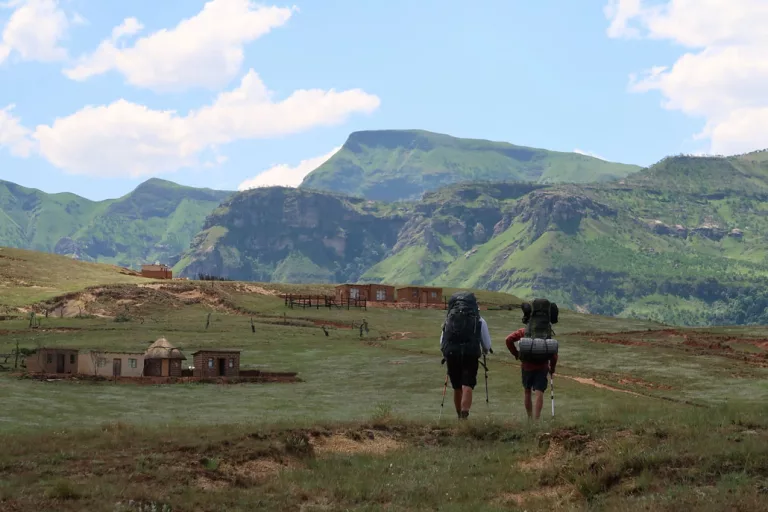
Picture/Hiking South Africa
A true backpacker’s haven, Mnweni is only accessible on foot via trails that start at the Mnweni Cultural and Hiking Centre near Bergville. This section of the Drakensberg is community-owned and managed by the Mnweni Trust, which welcomes hikers with a small conservation fee. The trail into the valley meanders past traditional Zulu homesteads and ascends into soul-stirring solitude, with amphitheatre views rivalling the more famous Royal Natal section.
Magoebaskloof Forest Valley – Limpopo
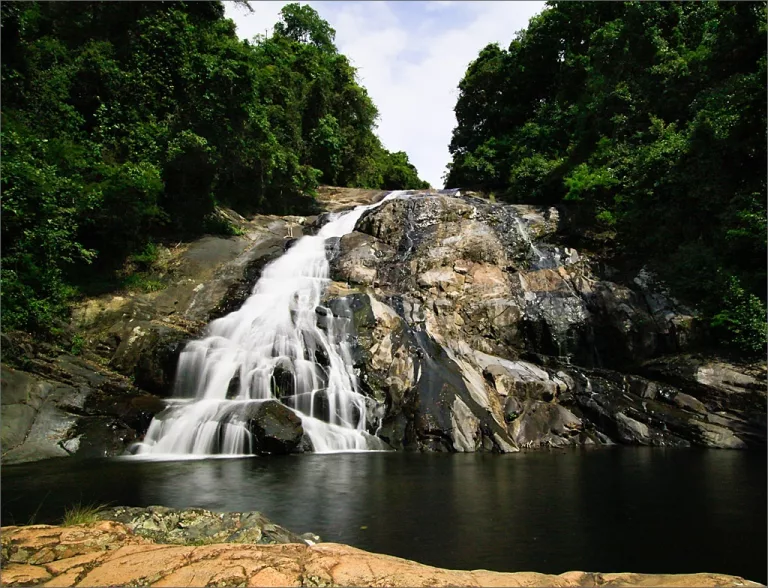
Picture/Debengeni Falls/Tracks 4 Africa
Within the lush folds of the Magoebaskloof lies the Woodbush Forest Reserve, a public conservation area managed by Limpopo Tourism and SANParks. Here, hikers can follow quiet trails into a hidden world of ferns, waterfalls and forest giants. The access is exclusively on foot — and that’s the point. Start from the Debengeni Falls side and wind your way into the forest’s damp heart. The first section from the top is usually doable by a sedan car. Find a place to park and walk along the road. It’s also a haven for birders and seekers of shade, particularly when the Lowveld bakes in summer.
Biedouw Valley – Western Cape
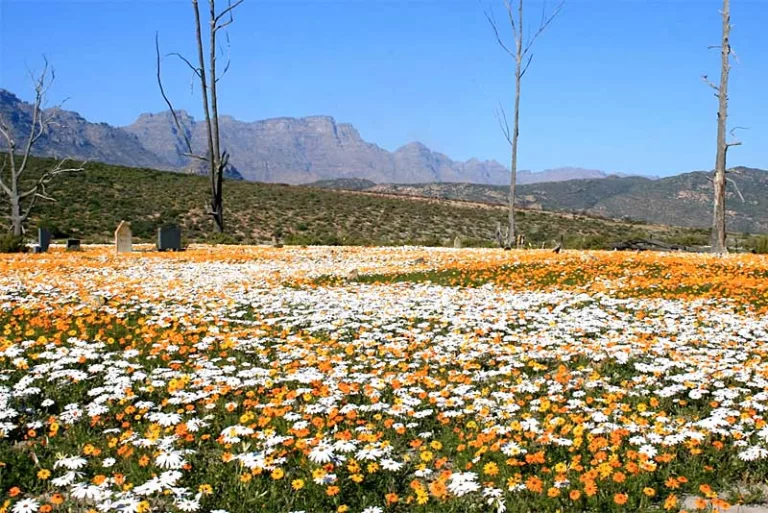
Picture/Where To Stay
While many travellers see the Biedouw Valley from the Nieuwoudtville end, the approach along a gravel road feels like sneaking into a secret garden. Although the valley passes near farms, the main access road and river corridor fall within a public-use zone of the Cederberg region, administered by CapeNature. Nestled between the Tra-Tra and Perdeberge ranges, this quiet valley is known for its spring flowers and resilient farming culture. Accessed via the winding Hoek se Berg Pass, the route offers sweeping views of Citadel Kop and the jagged Cederberg peaks — a dramatic prelude to the valley’s serene isolation.
Gamtoos Valley back routes – Eastern Cape

Picture/SA Venues
Tucked in behind the more famous Baviaanskloof, the Gamtoos Valley hides a patchwork of citrus farms, forested gullies, and gravel passes begging to be explored. The Kouga Wilderness, adjacent to the Baviaanskloof Mega Reserve, falls within a conservation area supported by public and private partnerships aimed at preserving biodiversity corridors. Many of the back routes near Patensie lead to trailheads that dip into bird-filled valleys — a peaceful alternative to the rugged Baviaans itself.
ALSO READ: Adventure towns fit for adrenaline junkies
Gifberg Valley – Northern Cape
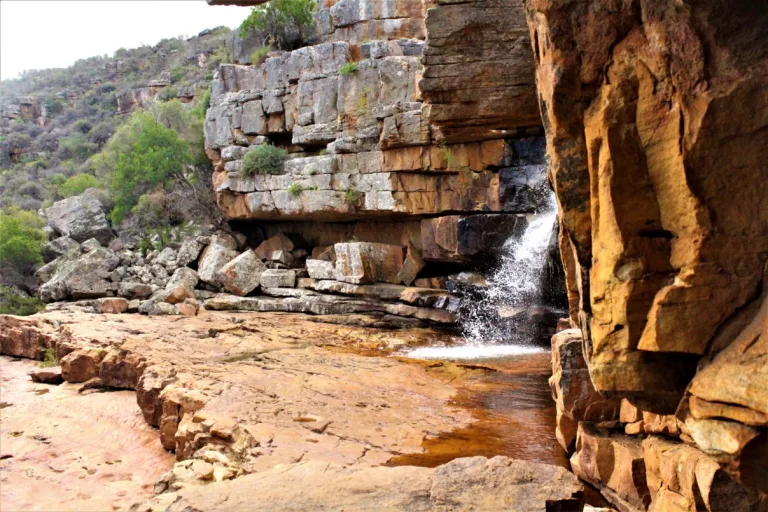
Picture/Slackpacker SA
Above Vanrhynsdorp, the Gifberg plateau hides a world of red rock cliffs, waterfalls and San rock art, best reached via a steep and scenic drive or on foot. While much of the area is privately owned — including parts accessible through Gifberg Holiday Farm — visitors can explore designated trails and natural pools with permission. Though not formally managed by CapeNature, the region holds immense ecological and cultural value, making it a rewarding destination for those seeking solitude and connection with the landscape. Springtime brings bursts of wildflowers, while the cooler seasons offer crisp air and quiet paths into the heart of this craggy wilderness.
Paardeplaats Trails – Mpumalanga
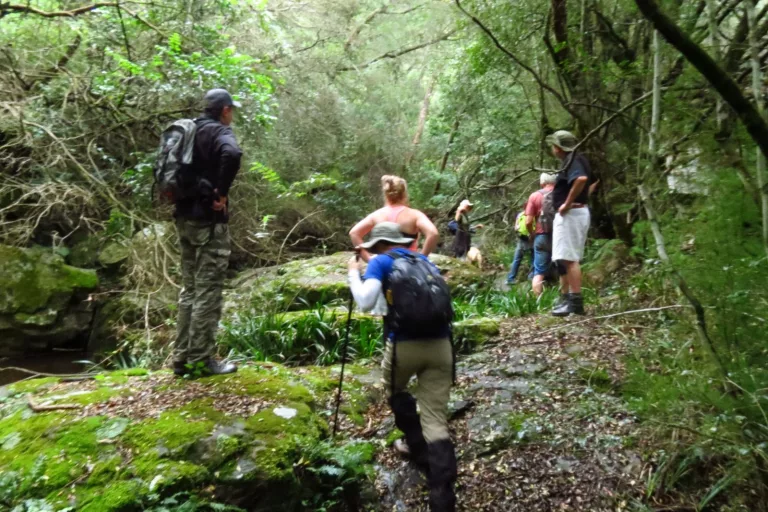
Picture/Paardeplaats Nature Retreat
Situated near Lydenburg, the Paardeplaats Nature Retreat offers a network of well-marked hiking and mountain biking trails through waterfalls, historic gold mining sites, and lush valleys. While adjacent to the Gustav Klingbiel Nature Reserve, these trails are located on private property and managed by the retreat, requiring visitors to arrange access. The relative quiet and scenic diversity make Paardeplaats a hidden gem for those seeking solitude and adventure off the beaten path.
Tankwa Karoo Ravines – Northern Cape
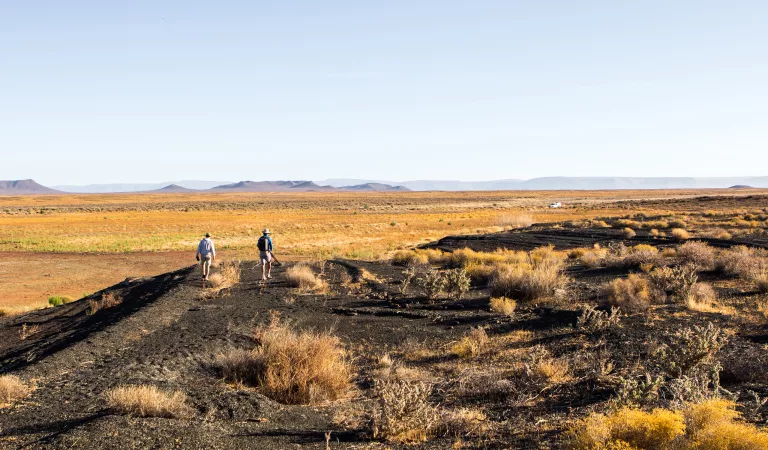
Picture/SANParks
Tankwa Karoo National Park is vast and mostly flat — until it isn’t. Hidden within the folds of this haunting landscape are ravines you can only reach on foot, starting from remote parking zones off barely-there tracks. These valleys fall under SANParks protection, with well-marked but underused footpaths. Some hide trickling water and shade in the middle of the desert. Come prepared, leave no trace, and let silence be your guide.
These valleys aren’t for rushed weekends or low-clearance sedans. You’ll need proper maps, plenty of water, and a sense of adventure. Always check in with local authorities (CapeNature, SANParks or community trusts), and be prepared for zero cell signal.
Follow us on social media for more travel news, inspiration, and guides. You can also tag us to be featured.
TikTok | Instagram | Facebook | Twitter
ALSO READ: South African spots that feel like the middle of nowhere

